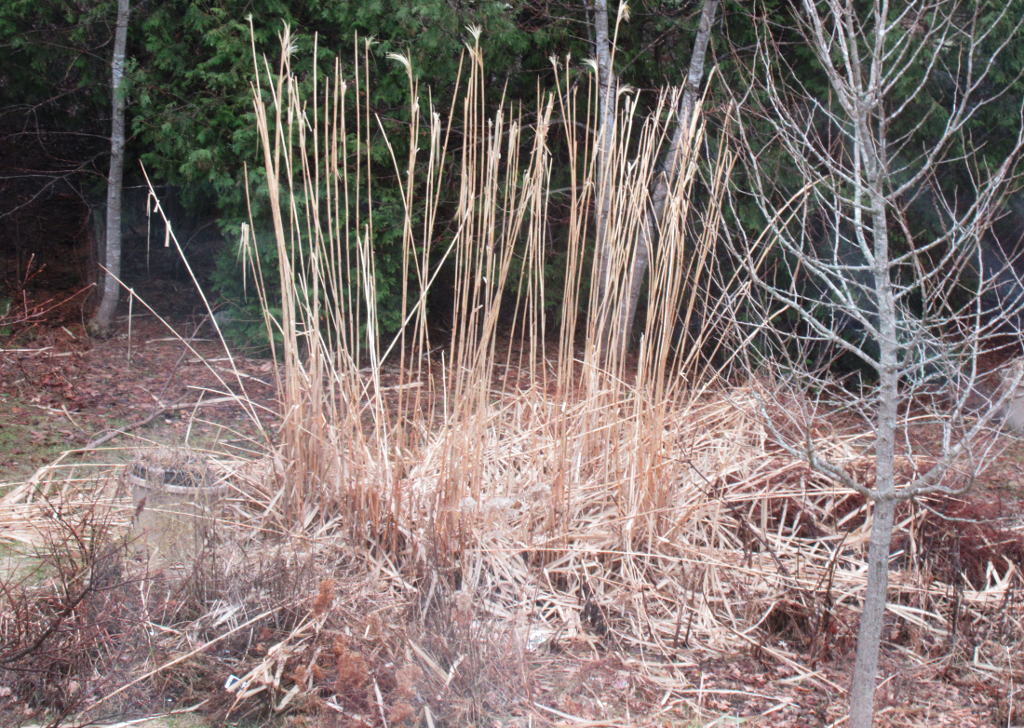The snow is melting, birds are chirping, the sun is shining, and we're itching to get into the garden. What to do first?
The longer the winter, the more desperate we are to get back into the garden and start to work. But we need to show a little patience and restraint. Working the ground or driving mowers or heavy equipment around when the ground is very wet destroys the soil structure. You need to be sure the ground has had time to dry before you work the soil or compact it too much.
Here are a few tips on what to do and when.
- Prune fruit trees and apply dormant spray.
Fruit trees like to be pruned before they start growing. Dormant Spraying should be done before they start growing as well. Prune your fruit trees first, then apply the dormant spray. That way you have slightly less tree to spray. You can also apply dormant spray to roses since they're in the same family. - Cut back damaged shrubs and trees.
Inevitably, some branches break over the winter from snow, ice, wind, snow removal equipment, or even those pesky rodents. Remove any broken branches or ones bunnies have nibbled around. - Remove garden debris and mulch.
Another easy spring task is simply cutting back any perennials that may have been missed in the fall and removing and mulch or winter protection. You're not working the soil so it's an easy early task to complete. - Rake your gardens and lawn.
A good hard rake early in the season helps loosen thatch in the lawn and cleans up the surface of beds. If you find your lawn squishy, avoid those parts since you don't want to compact the soil. You may need to be a little more patient. Don't use equipment like ride-on mowers to cheat on this step, especially if the ground is soft. That will cause more harm than good. - Turn the beds.
You have to wait for the ground to dry a little before turning the beds so count this as a later task. Turning over the beds once dry is like a farmer cultivating the field. It removes some of the compaction and allows air to get to the roots which is very important. Annual beds are the easiest to turn since you turn everything while perennial beds you need to be careful to work between then. It's also a nice time to work in some compost or manure to enrich the soil.
Remember, avoid walking on very wet ground since that compacts the soil and destroys it's structure. Also, don't fertilize anything until it's actively growing. If you do and it rains, all that fertilizer is simply washed away since the roots aren't picking it up yet. In the garden more than anything, patience is a virtue.

